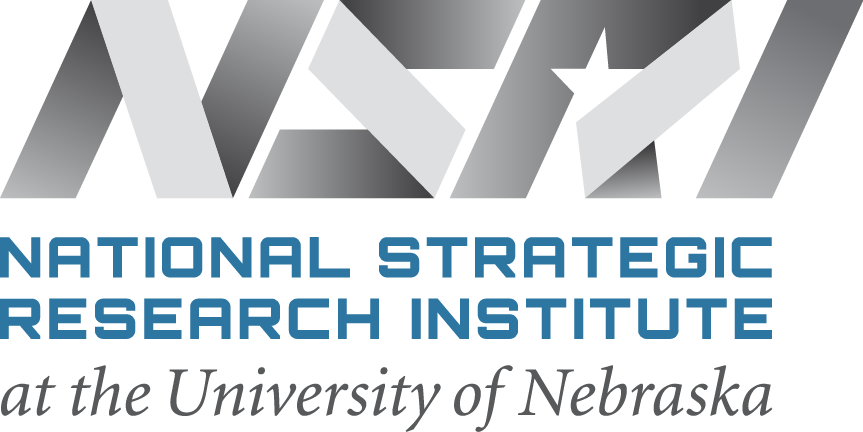While Russia’s invasion of Ukraine continues to evolve, Dr. Christopher Yeaw, associate executive director of strategic deterrence and nuclear programs at the National Strategic Research Institute at the University of Nebraska, weighs in with a critical message.
"Deterrence may have failed to restrain the Kremlin’s appetite in Ukraine, but strategic deterrence, while newly stressed, holds firm," he said.
"One demonstration to Russia that causes it to hold firm is deterrent B-52 patrols over the skies of our NATO allies. These send an unmistakable message to Mr. Putin. He may come right out and rattle the nuclear saber in words, but when it comes to something as fearsome as nuclear weapons, the U.S. is following Teddy Roosevelt’s counter-escalatory deterrence dictum: ‘speak softly and carry a big stick.' Sticks don’t come any bigger."
Two recent papers published by Dr. Yeaw with colleagues in October 2021 emphasize the U.S.’ strategic advantages and disadvantages in an escalatory conflict with Russia in this new era of two nuclear-armed great powers — "The Escalatory Attraction of Limited Nuclear Employment" and "The Challenge of Russia’s Non-Strategic Nuclear Weapons."
While having achieved some level of success in closing the gap across a wide spectrum of military capabilities and operational realities, the authors argue that both Russia and China have concluded that limited nuclear employment might be required in any conflict with the U.S., and that this is a domain of conflict and level of escalation affording unique advantage for them since it is an area in which the U.S. has neither the perceived will nor the perceived capabilities to compete.
In the case of Russia, specifically, the authors argue that Russian military planners and political leaders perceive a need for theater range, very- and ultra-low-yield nuclear systems to blunt the U.S. and NATO air war that it expects as the inevitable opening gambit of any conflict with the West. Further, the employment of non-strategic nuclear weapons should be seen as Moscow’s most probable pathway across the nuclear threshold.
The authors site that Russia continues to expand its reliance on nuclear weapons and will likely have a fully modernized operational force of some 8,000 nuclear warheads by the end of this decade, roughly half strategic and half non-strategic. Currently, Russia has completed about 88% of its strategic force modernization, which presumably includes the warheads associated with the systems in question, and it is almost 80% complete with the modernization of its non-strategic nuclear forces.
"As the nuclear capabilities of Russia are considered within this current escalation scenario, the United States may need to rethink whether we need additional future theater nuclear capabilities to undergird deterring risk-acceptant, nuclear-armed, revisionist rivals," Dr. Yeaw said. "Autocrats like Putin and Xi are demonstrating that only unambiguous strength will suffice for strategic deterrence, and the new Nuclear Posture Review would do well to reflect that reality."
Immediately prior to his appointment at NSRI in 2018, Dr. Yeaw served as senior policy advisor for defense programs at the Department of Energy (DOE) National Nuclear Security Administration. In this role, he was the DOE’s lead official in the development and rollout of the 2018 Nuclear Posture Review.
Formerly, Dr. Yeaw was the founder and director of the Center for Assurance, Deterrence, Escalation, and Nonproliferation Science & Education, a nuclear weapons think tank at the Louisiana Tech Research Institute.
From 2010-2015, Dr. Yeaw served as the first Chief Scientist of Air Force Global Strike Command, which was established in 2009 to organize, train, equip, operate, secure and maintain all U.S. intercontinental ballistic missile and nuclear-capable bomber forces.
Learn more about NSRI’s strategic deterrence and nuclear programs at nsri.nebraska.edu/nuclear.
###
About the National Strategic Research Institute
Through the National Strategic Research Institute at the University of Nebraska leading scientists deliver innovative national security research, technology, product and strategy development, training and exercises, and subject matter expertise to the Department of Defense and other federal agencies. One of only 14 DOD-designated University Affiliated Research Centers in the country, NSRI is sponsored by U.S. Strategic Command and works to ensure the United States’ safety and preparedness against increasingly sophisticated threats. Read about our mission.

